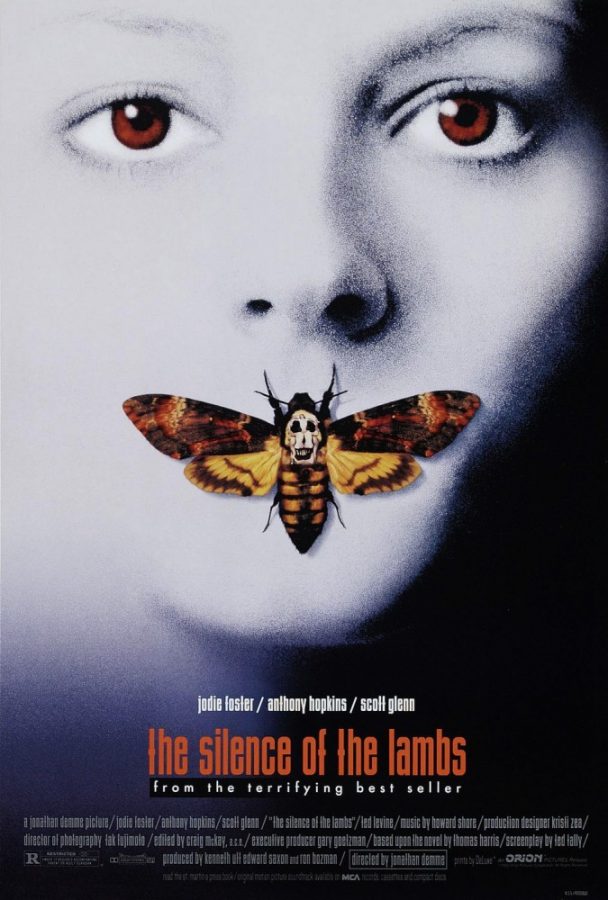Most of us will rush out this weekend to watch the latest Marvel movie, “Captain America: The Winter Soldier,” destroy whatever box office records there are for the month of April (kiss it goodbye, “Fast Five”). However, for those interested in something a little less current (but always relevant), Cinemark, a national theater chain whose nearest locations are at El Con and Park Place Mall, does a monthly Classic Series.
The series revisits old movies and restores them to their full glory on the big screen. You can call this review “Flashback Friday,” or “Wayback Weekend,” or any other clever alliterative title you can think of, but there is only one thing that you can call the psychological horror “The Silence of the Lambs”: a classic.
Clarice Starling (Jodi Foster) is a new FBI trainee, an indefatigable young woman in a towering man’s world. The camera does everything it can to position the already diminutive Foster against her taller peers. Jack Crawford (Scott Glenn), head of the Behavioral Sciences Unit of the Bureau, sends Starling on an assignment seemingly well beyond that of her rookie status: interview Dr. Hannibal Lecter (Anthony Hopkins), the brilliant psychiatrist whose cannibalistic and murderous tendencies has led to his life-sentence incarceration in a mental ward. Though Crawford is relatively mum on the subject, Starling has the hunch (and she is usually correct) that her interview may have to do with the serial murders of a man known only as “Buffalo Bill,” whose penchant is skinning his female victims before killing them.
In a series of conversations that occur either behind bulletproof glass or bars, Starling and Lecter go toe-to-toe, quid pro quo. At first bemused that a girl fresh out of school would be sent to try and question his great intellect, Lecter sees that there’s more to Starling. Encounters are chess games to Lecter, and Clarice is the first person in a long time to match him. In exchange for personal information about herself, Hannibal delivers tantalizing hints to the identity of “Buffalo Bill.” These exchanges utilize close-up and extreme close-up to masterful effect: Lecter’s seemingly unblinking eyes commands the screen and stares not into Starling’s soul, but into the audience’s.
Accompanied by the harrowing, rich strings of composer Howard Shore, which suggest something dark and somber lurking, the film weaves in and out of different locales across the Midwest and East. Interspersed with Starling’s search for “Buffalo Bill” are glimpses of the very man she is after. The audience is privy to Bill and his lair, while the FBI is still in the dark, allowing us to see the horror firsthand, as well as delve into his psychology.
This is a movie that horrifies both intellectually and viscerally. There are your typical images of gruesome gore, mutilated beyond recognition that you can catch on any prime-time television show nowadays. There are, though, masterfully executed scenes. Deceptive editing leads you to believe the scene will play out one way — only to have a reveal that frightens through the sudden realization that things have become much worse than you originally thought.
A little more than 23 years have passed since this film was released in theaters. During one of their conversations, Hannibal lectures Clarice on the key to cracking the “Buffalo Bill” case.
“First principles, Clarice. Simplicity. Read Marcus Aurelius. Of each particular thing ask: What is it in itself? What is its nature?”
The nature of “The Silence of the Lambs” is composed of something that is dark and timeless.
Grade: A









